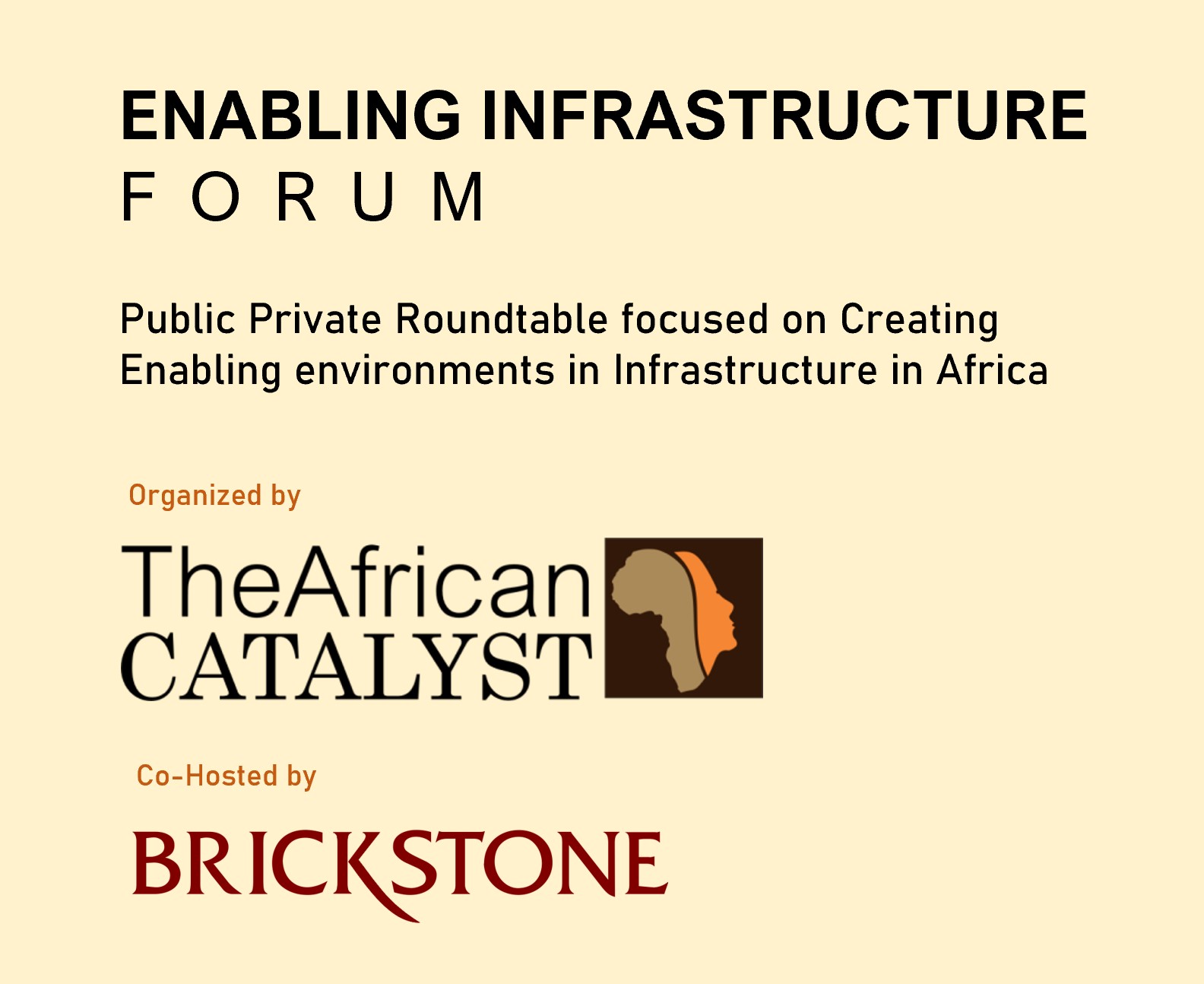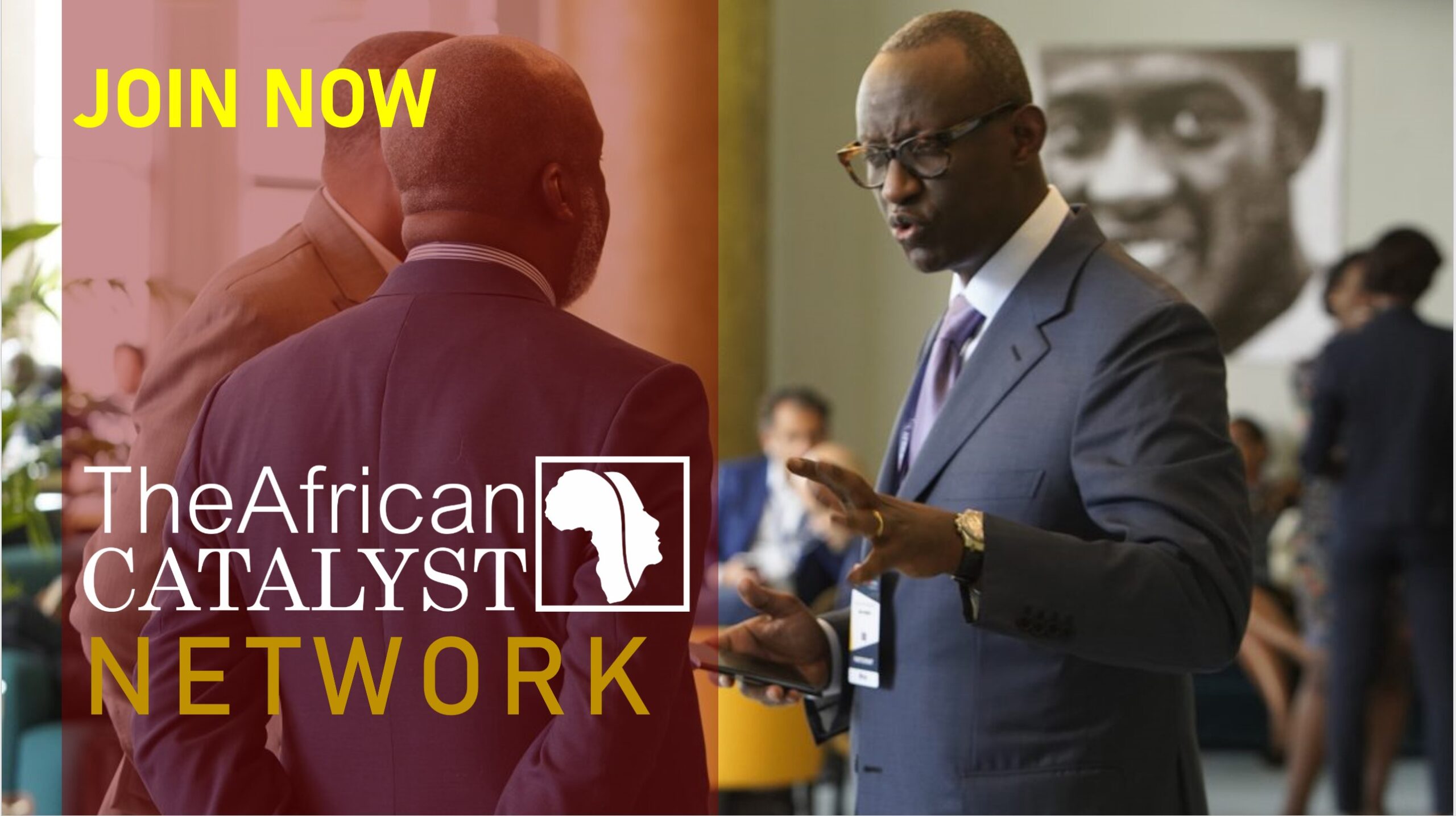The Global Infrastructure Need
According to WeForum, a massive global infrastructure investment of $66 trillion is needed in emerging economies before 2030. Under the International Energy Agency’s (IEA’s) Net-Zero Emissions (NZE) scenario, EMDEs will require annual investments of $157 billion in solar power, $243 billion in wind power, $26 billion in battery storage, $300 billion in transmission and distribution and $133 billion in electric vehicles (EVs) and charging infrastructure during 2026–2030. To capitalize on the global appetite for green assets, host countries can adopt conducive policies that improve conditions for inward investment.
WeForum’s insight report highlights the low-carbon technologies, green finance developments and enabling environments as well as the broader stakeholder ecosystem needed for green development of the BRI. Essentially, the report is a call for knowledge development and further multi stakeholder collaboration to build a sustainable future.
This article by The African Catalyst reviews WeForum’s insight publication titled “Advancing the Green Development of the Belt and Road Initiative: Harnessing Finance and Technology to Scale Up Low-Carbon Infrastructure”.
Scaling Up Low-Carbon Infrastructure with Finance and Technology
According to WeForum, the next decade represents a crucial period in which countries engaged with the BRI can facilitate transformative development and upgrades of their infrastructure that can both benefit their societies and protect the environment and climate.
The Belt and Road Initiative (BRI) offers a new development paradigm by investing in green infrastructure, which is necessary to avoid the irreversible carbon lock-in effect on global climate change.
Even before the Glasgow Climate Pact, there was an increased focus on scaling up investments in green and low-carbon infrastructure in the context of the BRI, spurred by initiatives such as the GIP.
The African Catalyst in partnership with Brickstone is co-hosting the Enabling Infrastructure Forum scheduled to hold in June 2023 in Lagos, Nigeria. The forum will discuss closely with the Government for policy evolution and on-the-ground implementation which attempts to influence key stakeholders in the areas of – Early Stage Development and Financing of Low Carbon Infrastructure.
The forum will assemble key leaders in Africa's infrastructure delivery to discuss infrastructure challenges and opportunities; and how innovations in project delivery and readiness, deal structuring, and sustainability solutions can help to solve critical issues for Low Carbon Infrastructure
Click the link to get more information and save the date.
The journey has clearly started, with commercially viable and near-commercial technologies, innovative green finance products and clear signs of shifting investor preferences. At the same time, conducive policy frameworks are being put in place by many EMDEs.
Collaborative multilateral public-private solutions will be needed to overcome the substantial risk premiums that hinder mobilization of private-sector funding to support EMDEs’ low-carbon infrastructure projects and adaptation efforts.
WeForum’s report highlights the low-carbon technologies, financial sector players and financial instruments and the policy environment that can and need to come together in advancing the green development of the BRI. It does so by showcasing recent and emerging case studies that are based on interviews with GIP signatories, selected companies and market research and analysis.
The following are key takeaways from the insight report:
- The global response to climate change is emerging. According to WeFroum, more than 125 countries, representing around 90% of the world’s GHG emissions, have announced net-zero or carbon neutrality targets as of November 2021. In the lead-up to and during the UN COP26 conference in Glasgow, more than 100 countries agreed to reduce methane emissions by 30% by 2030, and more than 140 countries committed to work together to halt deforestation by 2030.
- Today’s infrastructure investment decisions will lock in emissions trajectories for decades and could make or break the world’s ability to achieve the Paris Agreement objectives. The coming years need to see the channeling of investments towards wind and solar power, low-carbon transportation and next-generation technologies, such as green hydrogen, sustainable aviation fuel, green steel and green cement, among others.
- Many low-carbon technologies, from solar and wind power to battery storage and EVs, are technologically feasible and commercially viable. Deploying these to EMDEs should be an important objective of the BRI. Host countries can provide conducive policy frameworks to support the development of “bankable” projects.
- Financial institutions are coalescing around frameworks such as the Task Force on Climate- Related Financial Disclosures (TCFD) recommendations to measure, manage and disclose their climate risks. Many leading financial institutions are also setting targets through initiatives such as GIP and the Glasgow Financial Alliance for Net Zero (GFANZ) to reduce their exposure to carbon-intensive sectors. These commitments are signaling clearly that financing will shift from brown (fossil fuel-burning) activities to green activities over time.
- Green finance mechanisms to support infrastructure financing, such as green bonds or green loans, have grown rapidly over the past decade but remain at a nascent stage. Governments and regulators will continue to work on the alignment of standards and taxonomies while instruments such as blue bonds and transition bonds are emerging to address thematic areas. Significant innovation is still needed, however, to transform sustainable infrastructure into a mainstream asset class – especially for projects in EMDEs.
- To capitalize on the increasing global appetite for low carbon infrastructure (green) investments, host countries need to provide a conducive and supportive enabling environment, which includes effective national policies on climate change and green finance, supplemented by sectoral legal and regulatory frameworks in energy, transport and other relevant sectors. According to WeForum, tackling project- specific risks related to policy, currency, curtailment, etc. can improve the conditions that help make projects “bankable”.
Download the full publication here.



